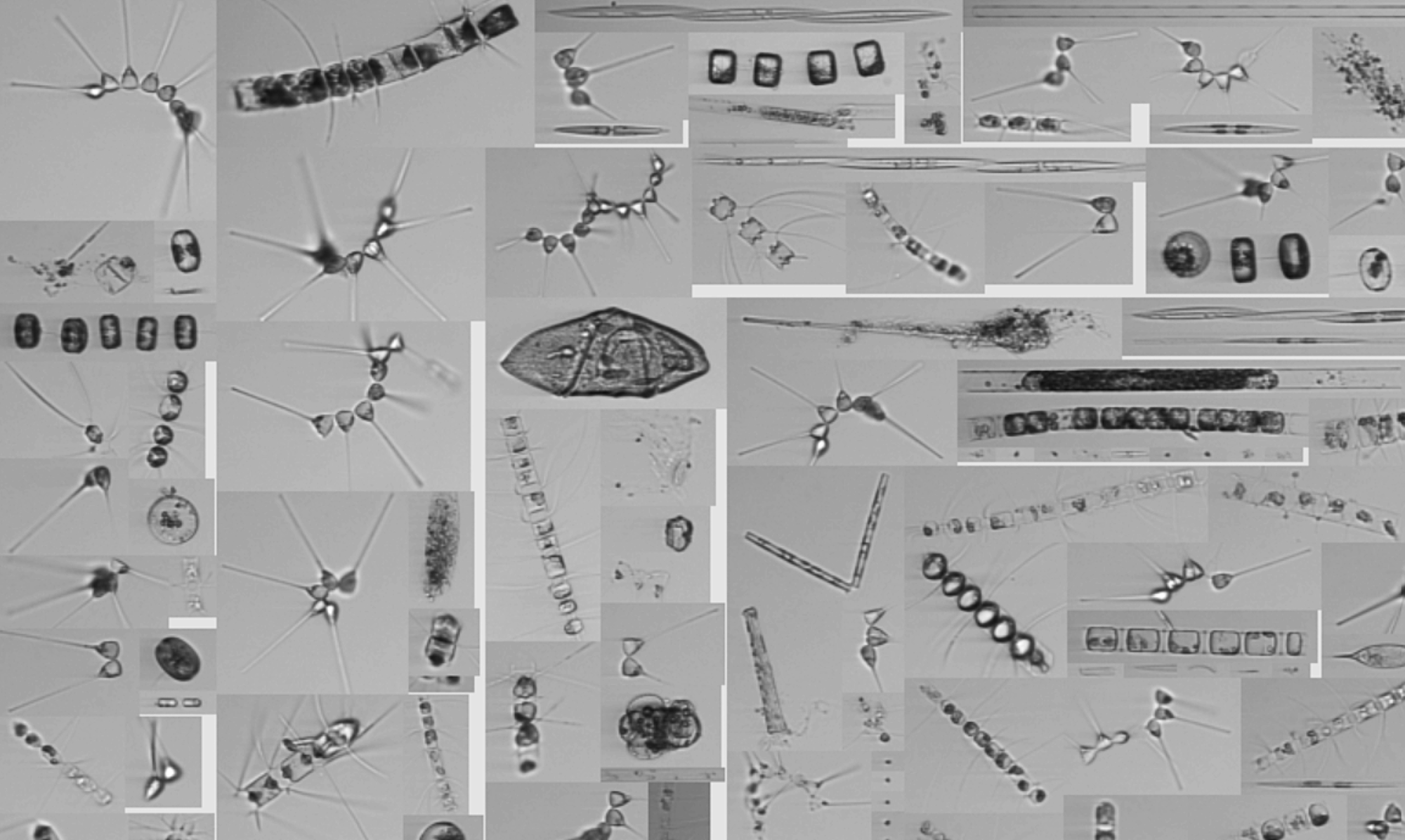
What is MBON and who is involved?
The U.S. Marine Biodiversity Observation Network (MBON) is a partnership between the National Oceanic and Atmospheric Administration (NOAA), the National Aeronautics and Space Administration (NASA), the Bureau of Ocean Energy Management (BOEM), and the Office of Naval Research (ONR) coordinated by the U.S. Integrated Ocean Observing System (U.S. IOOS) Program Office. Other collaborators within MBON include the International Association for Biological Oceanography (IABO), the Ocean Biogeographic Information System (OBIS), and the Group on Earth Observations: Biodiversity Observation Network (GEO BON). This collaboration consists of a series of projects funded since 2013 through the National Oceanographic Partnership Program.
What does MBON do?
The MBON initiative is made up of “regional networks of scientists, resource managers, and end-users working to integrate data from existing long-term programs to improve our understanding of changes and connections between marine biodiversity and ecosystem functions” (MBON 2020). Through this network, historic and current biological and ecological surveys are integrated, and methods for observing biodiversity through remote sensing, novel molecular (eDNA) technologies, traditional research tools, and experiments are applied and expanded upon. The ultimate goal of these projects is to make observations of the changing world to determine biodiversity indicators, indices, and relationships within marine ecosystems.
For more information:
To learn more about MBON, the anticipated benefits of MBON projects, and more resources through MBON, visit their website at www.marinebon.org.

